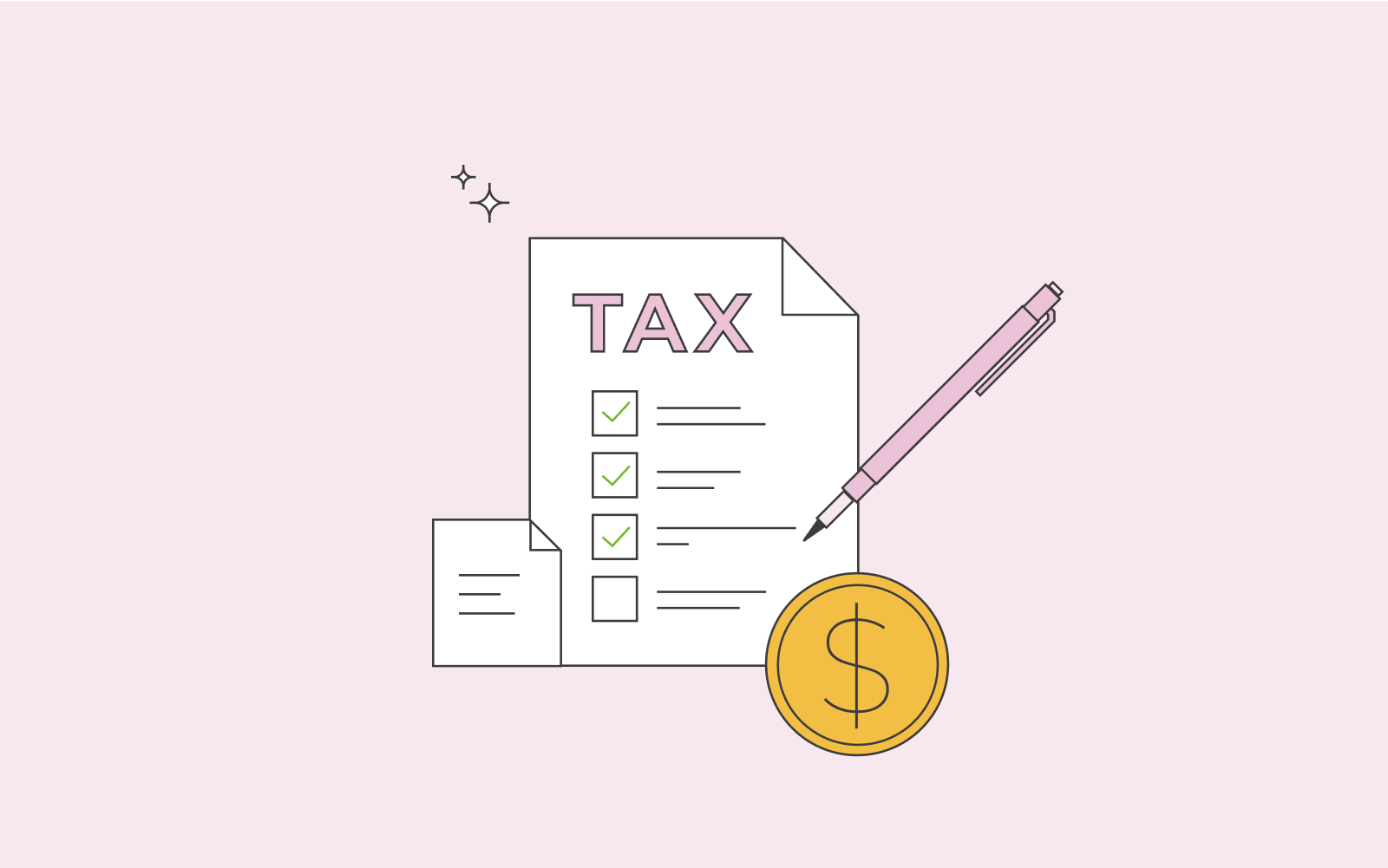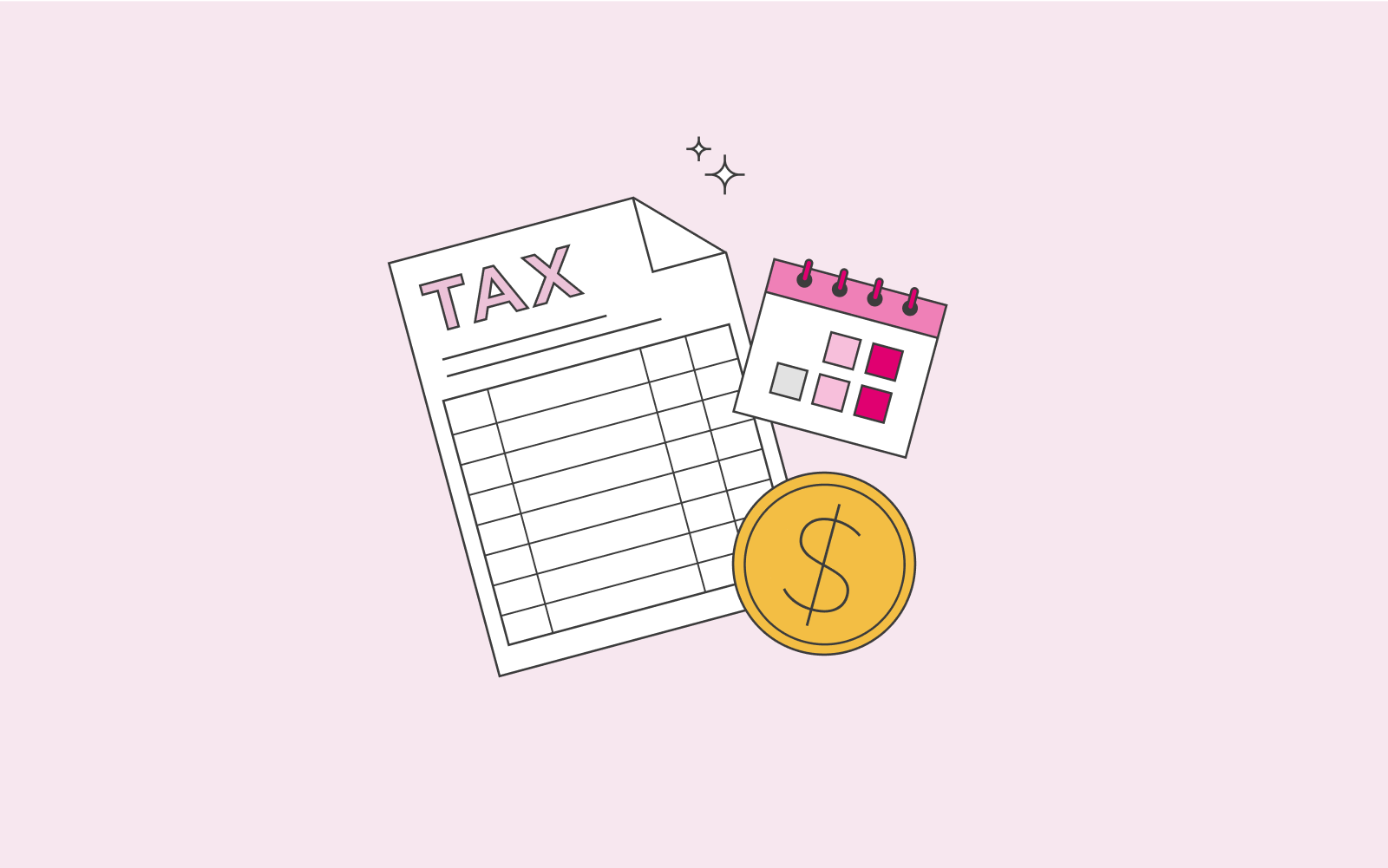What is value-added tax?
Read everything you need to know about value-added tax
VAT stands for value-added tax. If you own an e-commerce or are planning on owning an e-commerce, it’s good to know what value-added tax means.
Brief Summary
Value Added Tax (VAT) is a tax that is added to the price of goods and services in many countries around the world. The tax is usually a percentage of the total price and is paid by the consumer when they purchase the item.
When you buy a product or service at a shop, let’s say for 9,99 pounds, the owner gets to keep 80 % of that amount as the rest of the 20 % goes to the government. In the UK, the rate for VAT is currently at 20 %.
Thus, if you own an e-commerce website and want to sell products or services on your website, you need to price your products/services according to the VAT rate. Thus, instead of selling something for 9,99, your price should also consider the value-added tax.
Keep in mind that you only need to pay VAT if your annual turnover is more than £85,000.

On this page
How does VAT work?
You can get back some of the VAT by looking at the life cycle of your product.
Here is an example of a product’s life cycle and how VAT works in this situation.
Let’s say that you have a beautiful house with huge land and a beautiful garden filled with flowers. You decide to sell the flowers to someone who owns a flower shop. The flower shop owner wants to buy the flowers from you because they want to sell them to their customers.
In this example, you have not planted the flowers; you’re just selling the flowers on your land and in your garden. You decide to sell the flowers for £1 and add VAT to it to equal $1.20, meaning that you sell one flower to the flower shop owner for £1.20. The flower shop owner will work with the flowers and create a beautiful bouquet out of them and sell the bouquet to their customers for a total of £6 (£5 is for the bouquet and £1 is VAT).
So how can you get some value-added tax back into your company?
VAT should only be paid for the amount of value that you’ve added to the product. Thus, if someone has already paid some VAT in the product’s life cycle, you should minus that amount and not pay double. In our example, this entails that, technically, the flower shop owner should only pay £0.80 VAT and not £1, meaning that the flower shop owner has already paid you for doing the hard work of digging out the flowers from your garden).
Once it’s time for the flower shop owner to pay taxes to the government, they’ll only pay £0.80 because they’ve already paid the remaining £0.20 to you who dug out the flowers from the garden.
You’ve probably been in situations when a shop owner asks you if you’d like a VAT receipt. This is to show the receipt to the tax authorities and prove that you’ve paid VAT.
To continue with our example and make it even more precise, let’s say that the flower shop owner sells the flowers to a party planner. The flower shop owner sells the flowers to the party planner for £6, as stated above. Subsequently, the party planner charges her clients £12 for the flowers she set up for the party. £10 of the price is for the actual flowers, and £2 is for VAT. When it’s time for the party planner to pay tax authorities, the party planner will only pay £1 because she has already paid £1 to the flower shop owner.

How you can work with VAT
Now that you know what VAT stands for and how it works, you need to make it work for you. The most important thing to keep track of is always adding value-added tax to all your products and services. It’s also important to remember that it’s currently 20% in the UK, but do make sure to stay updated. Finally, keep track of everything you’ve purchased required to be able to invent the product you’re selling or everything you’ve purchased that enables you to perform your service. This is because when it’s time to pay tax authorities, you can calculate everything you’ve paid in VAT when purchasing items to create your product and only pay VAT based on those calculations.
Disclaimer: always stay up to date with how much VAT you should pay within your industry and country.
